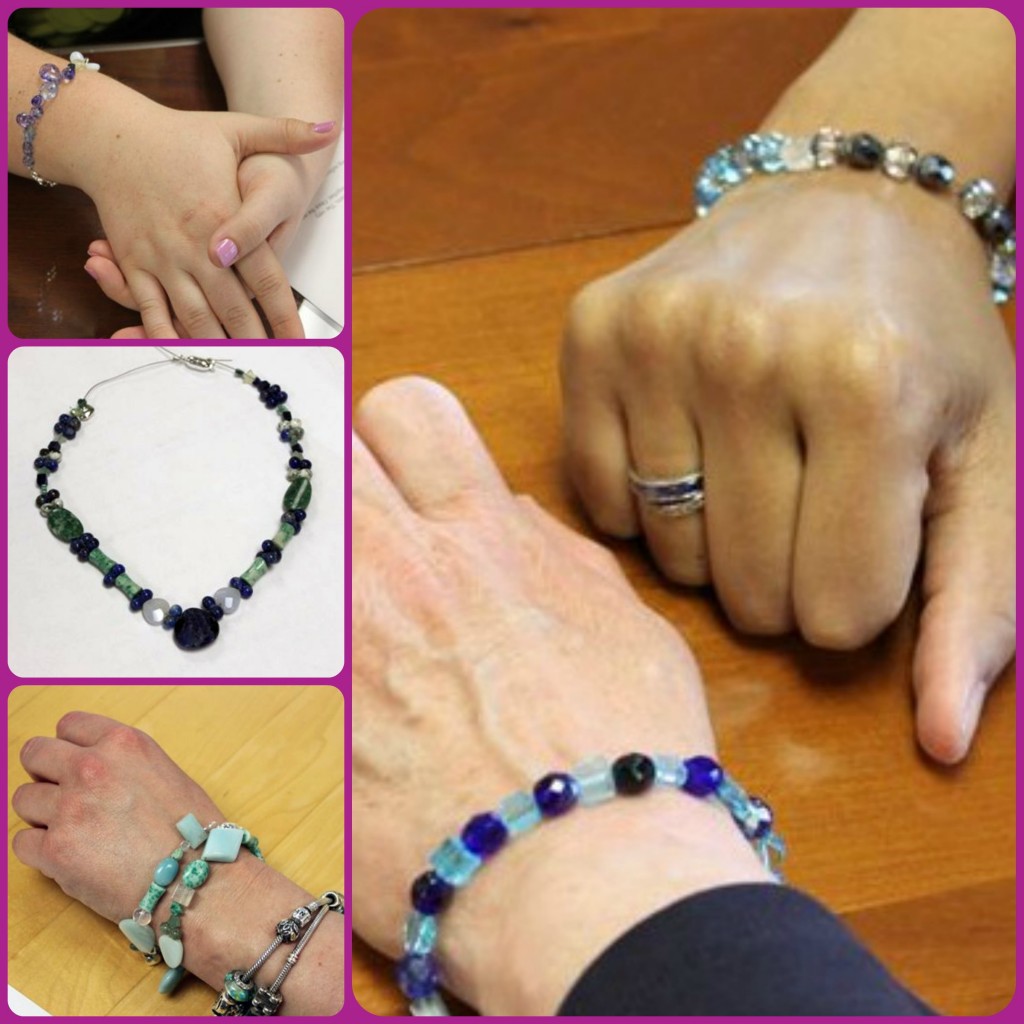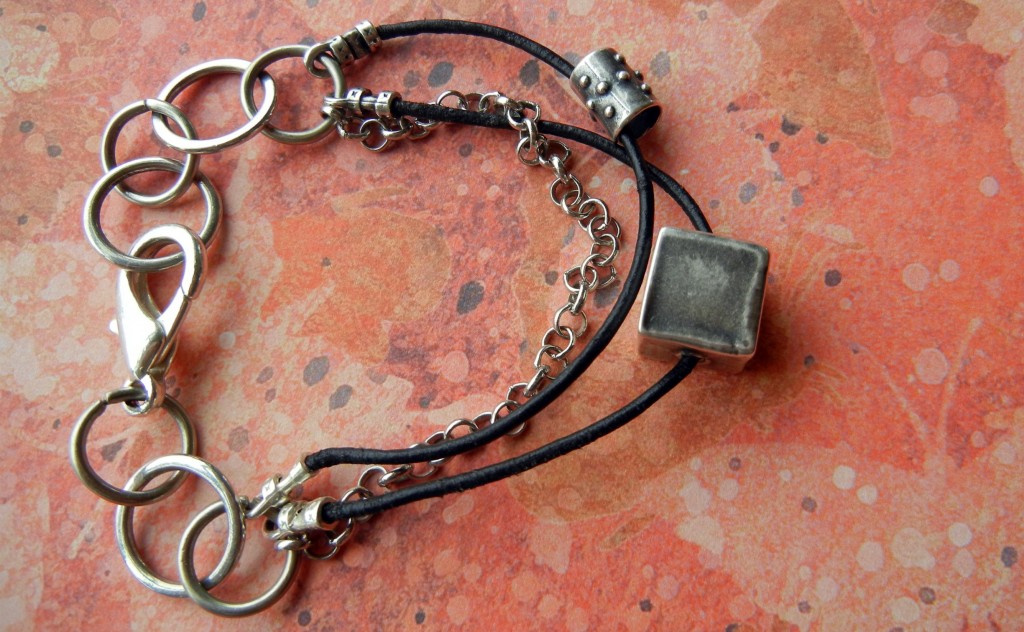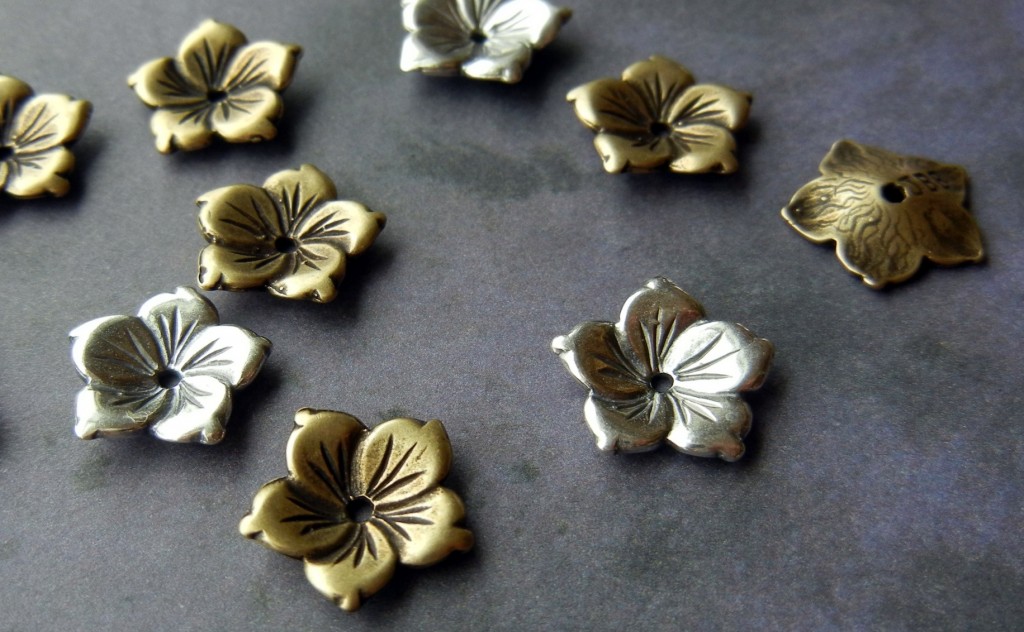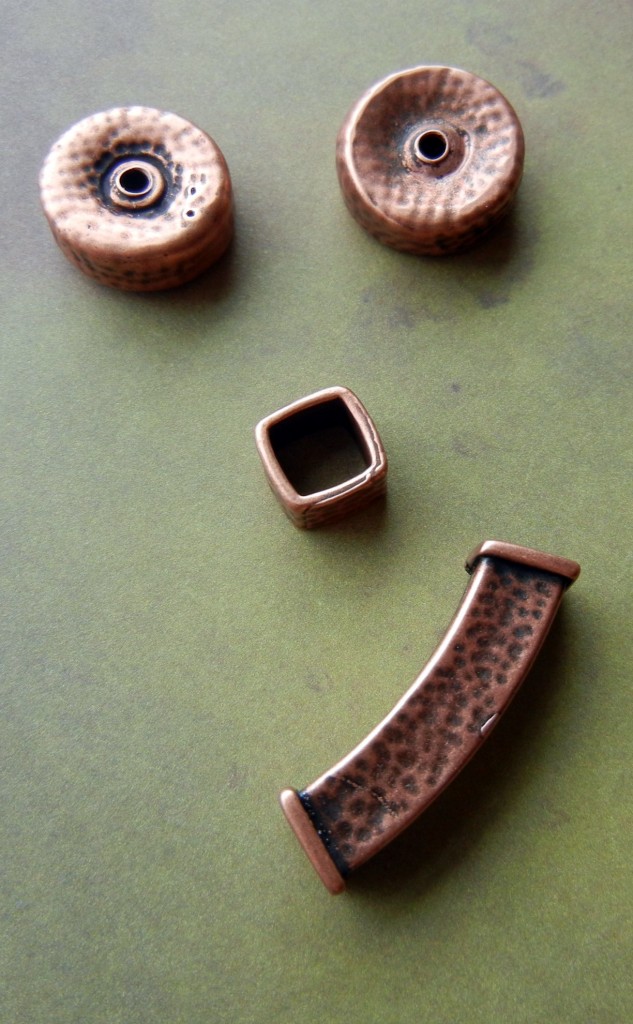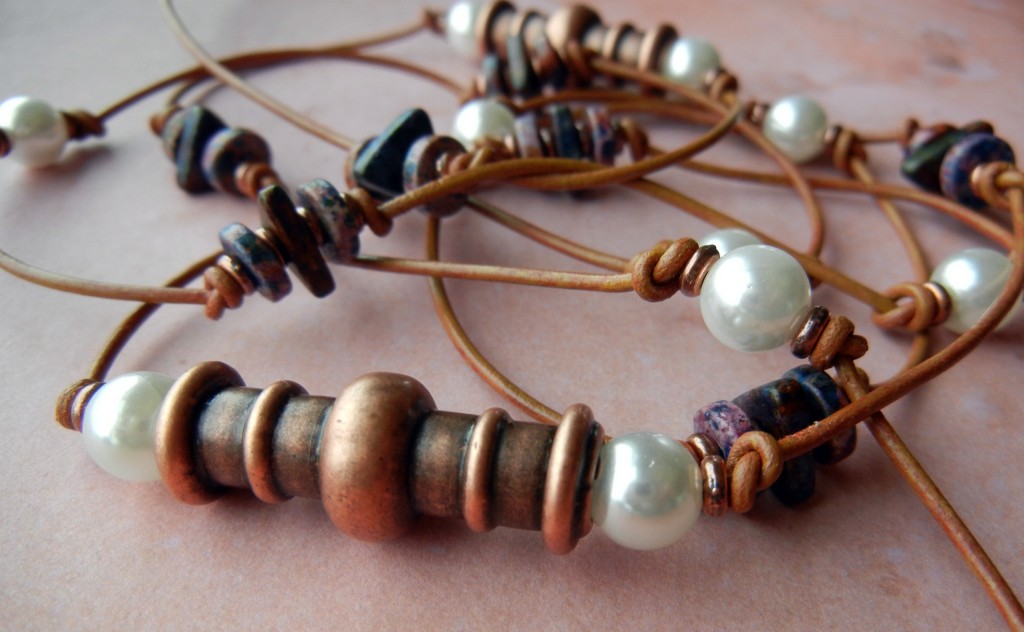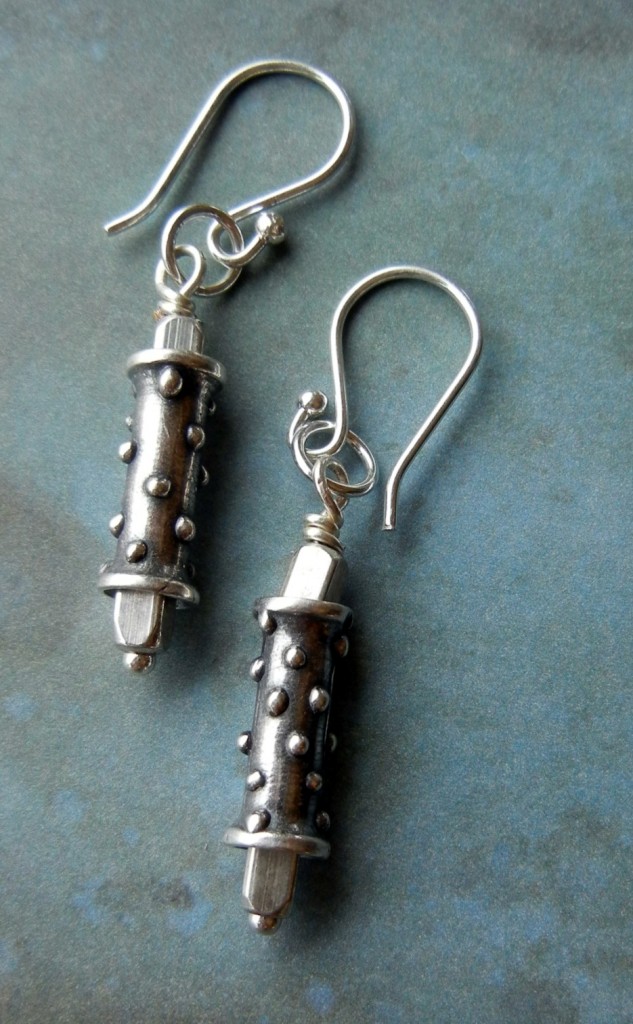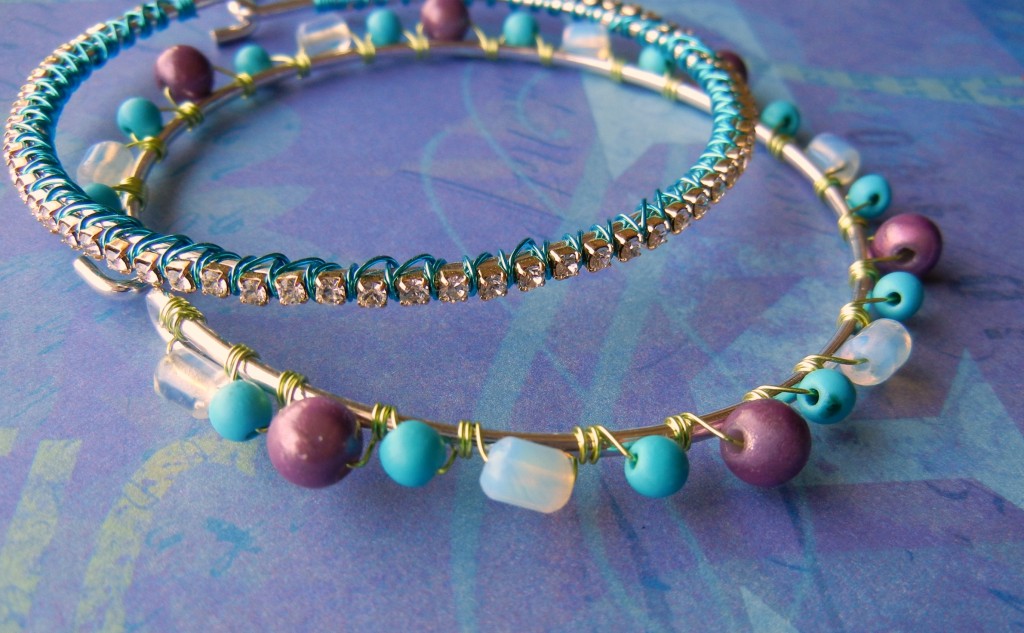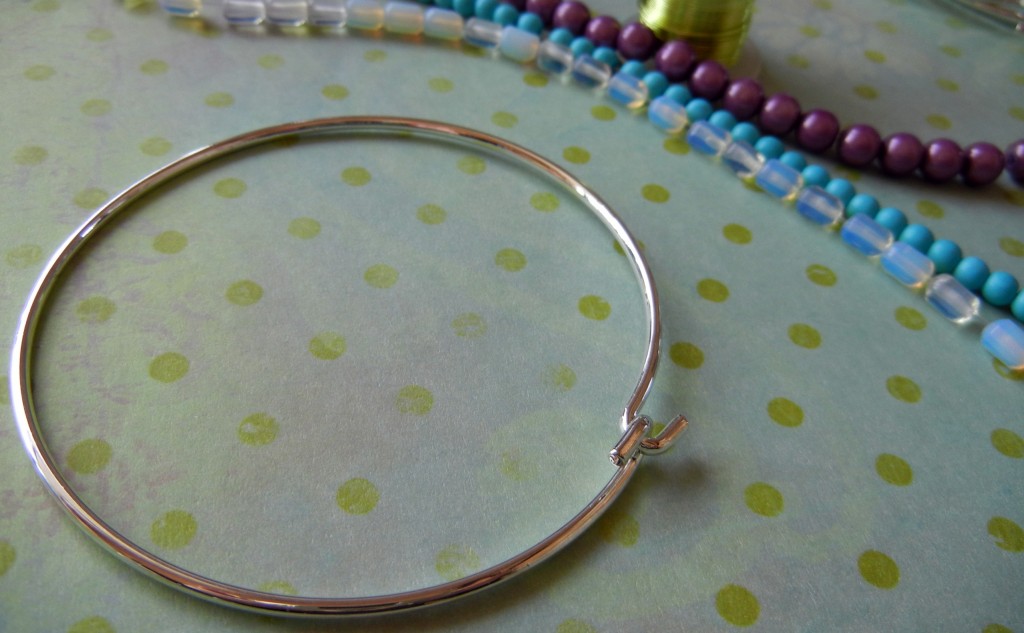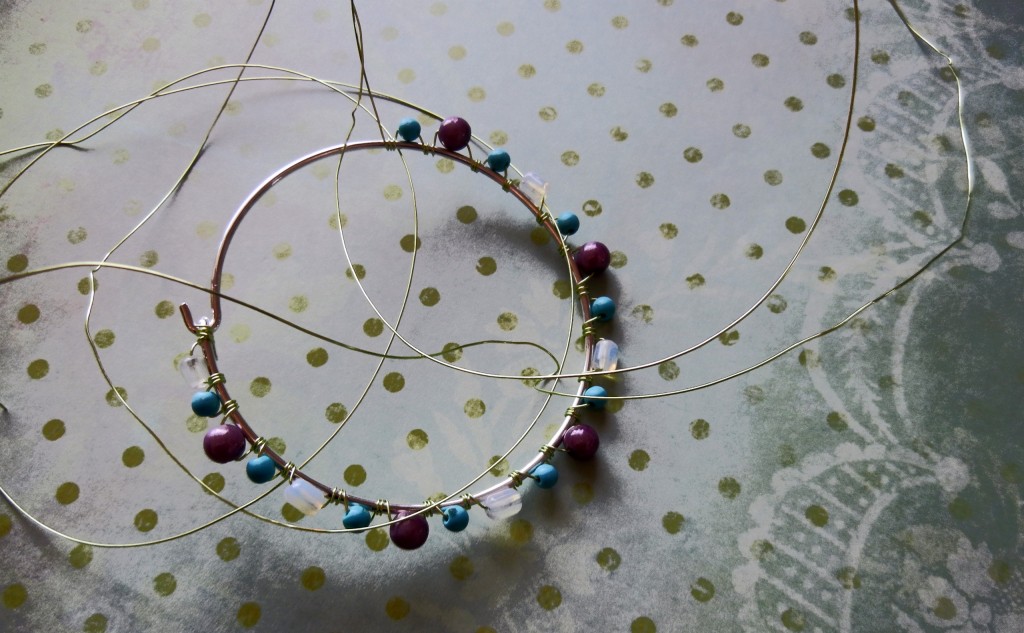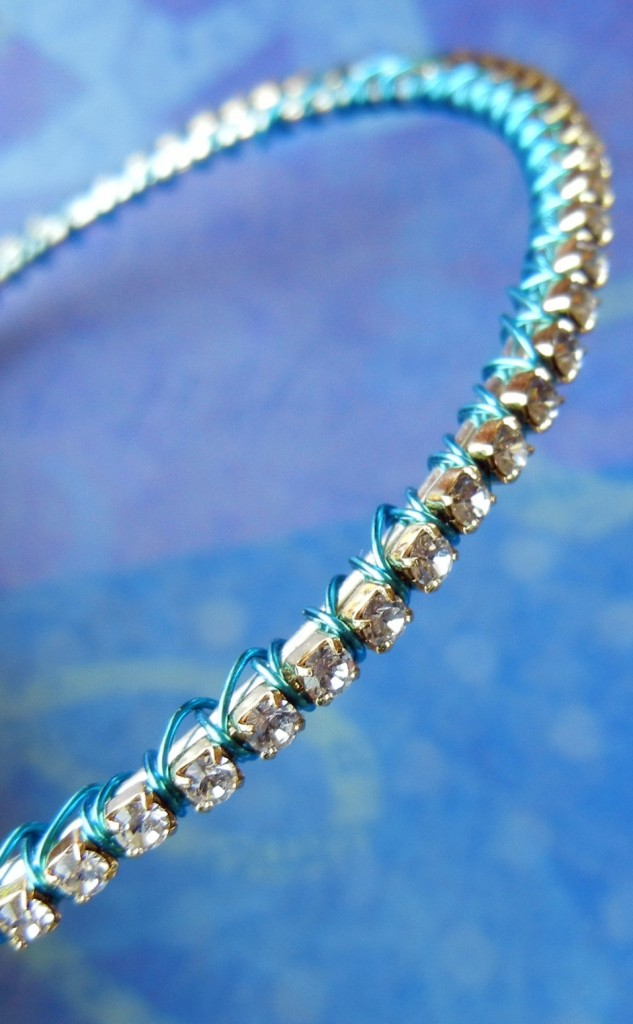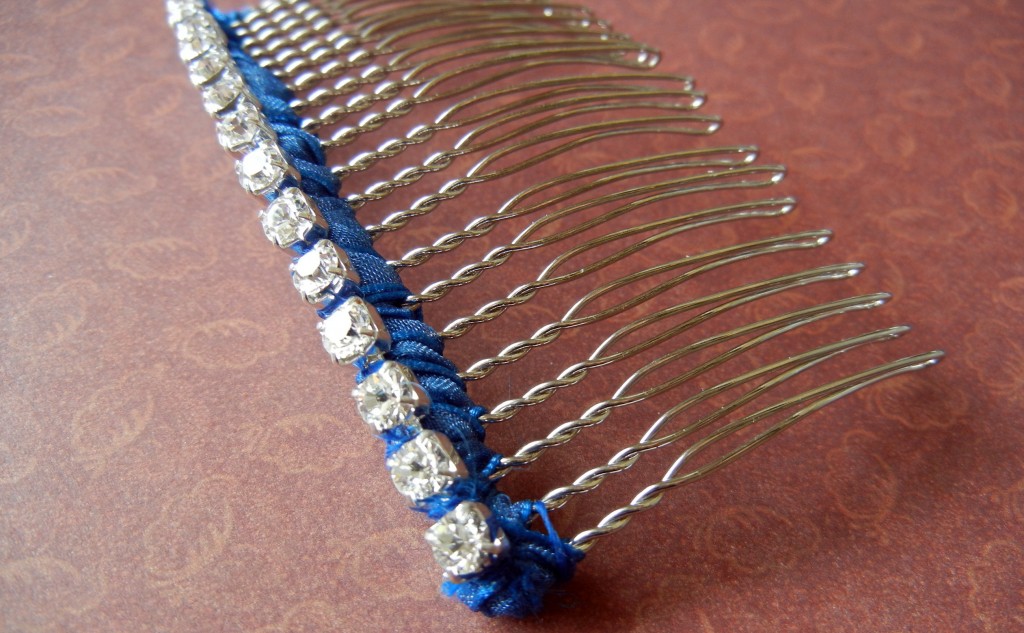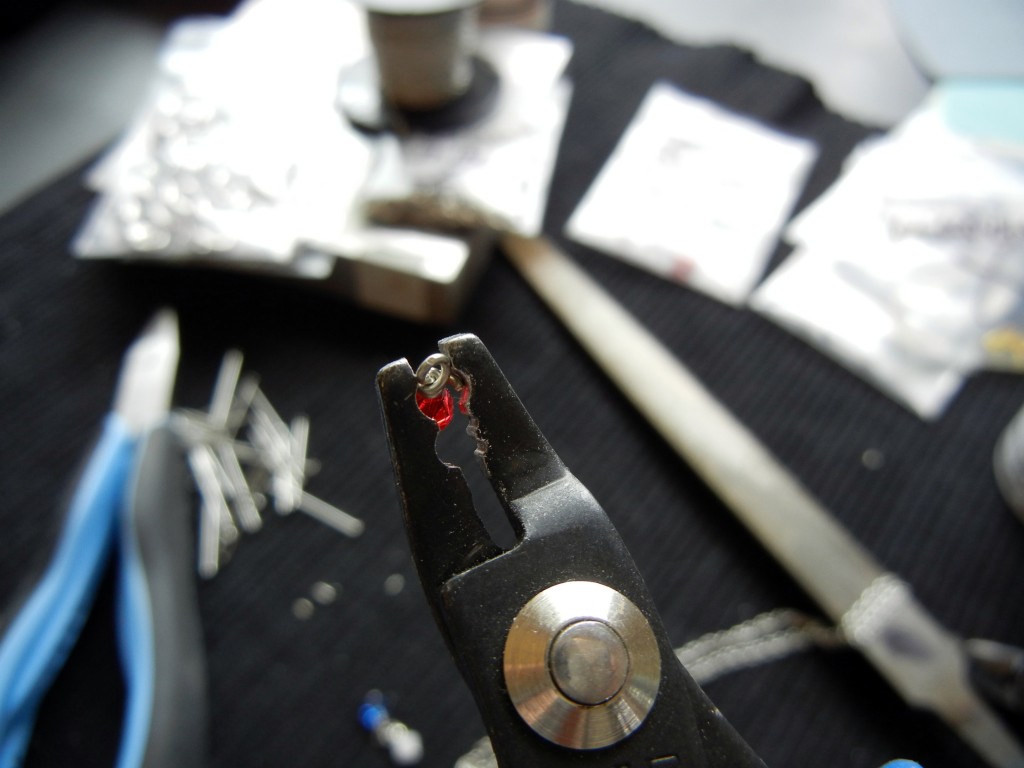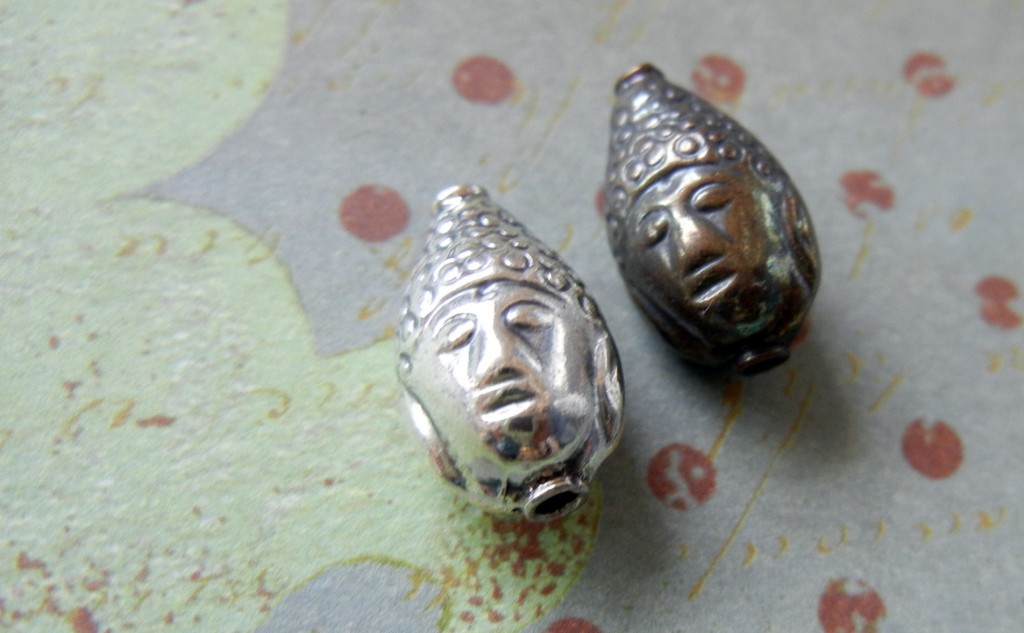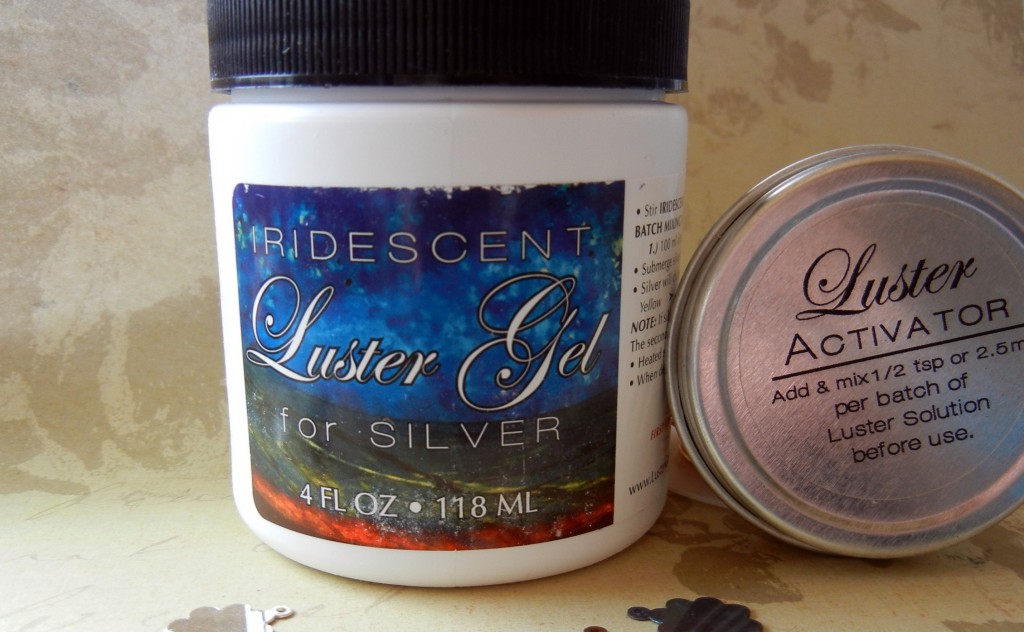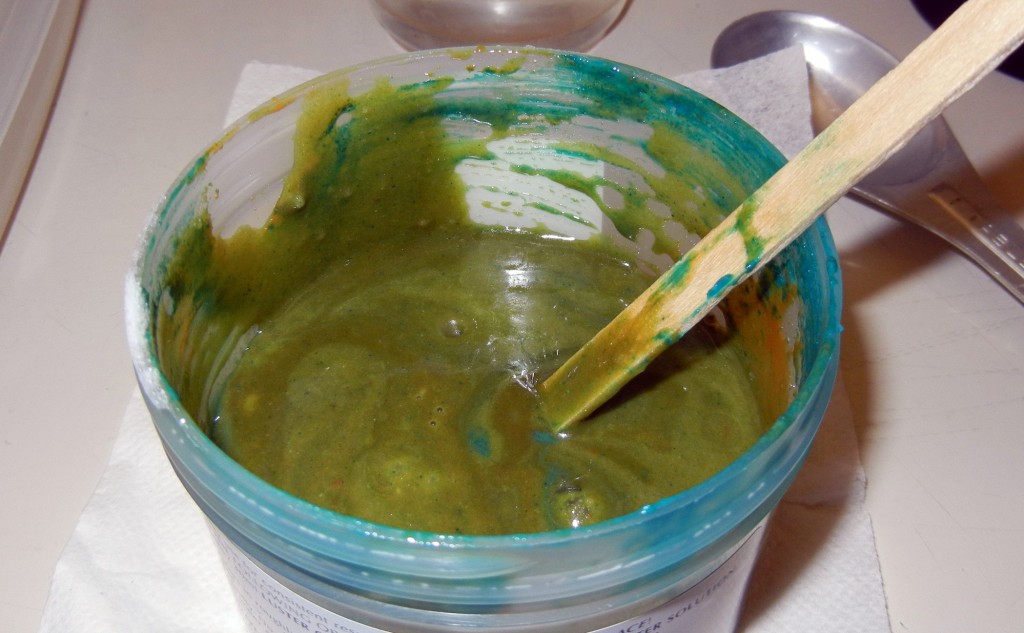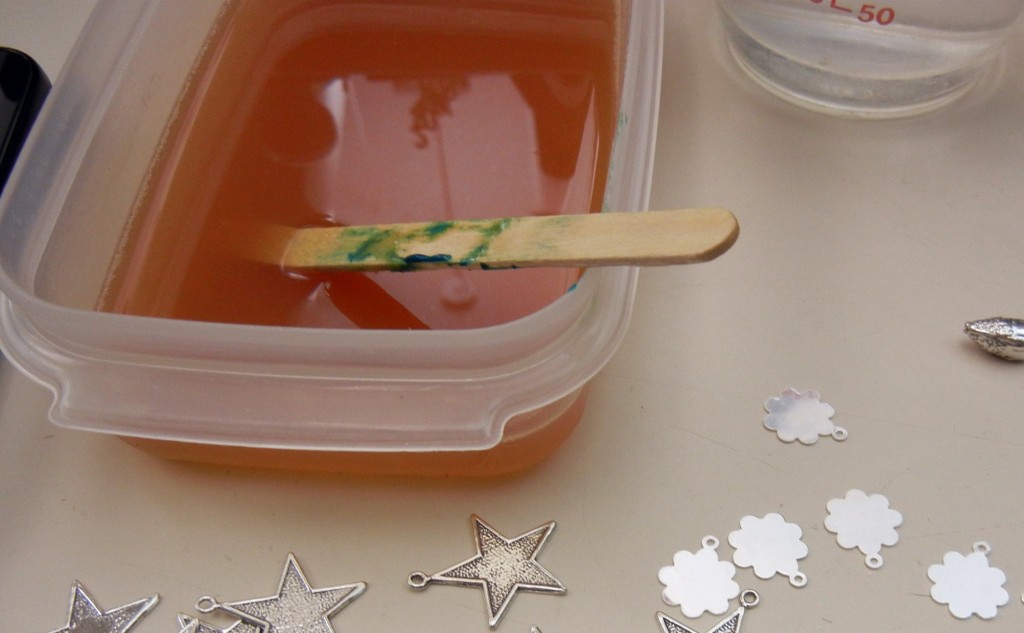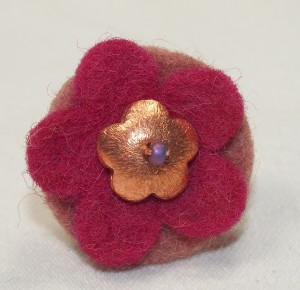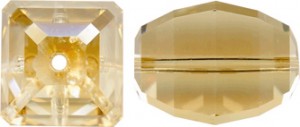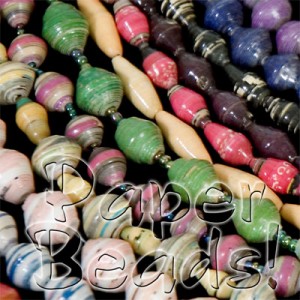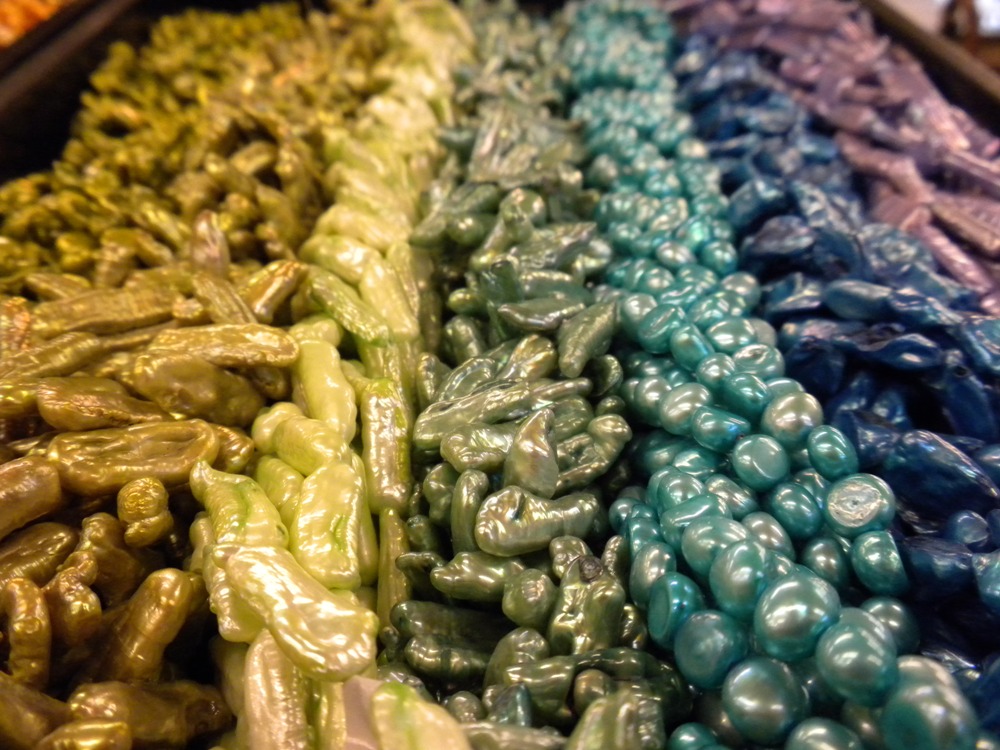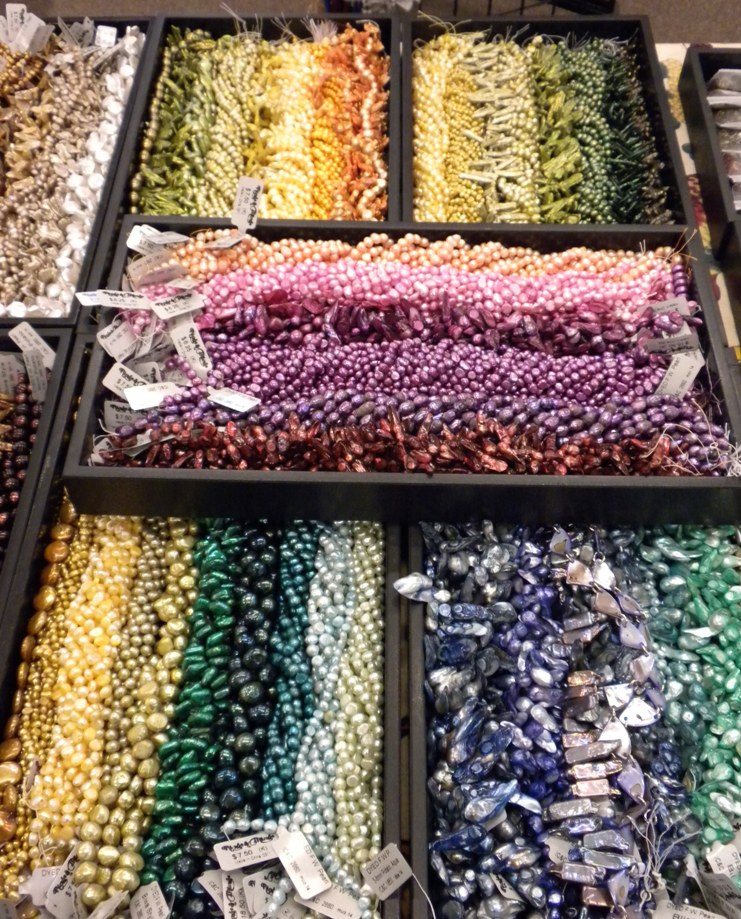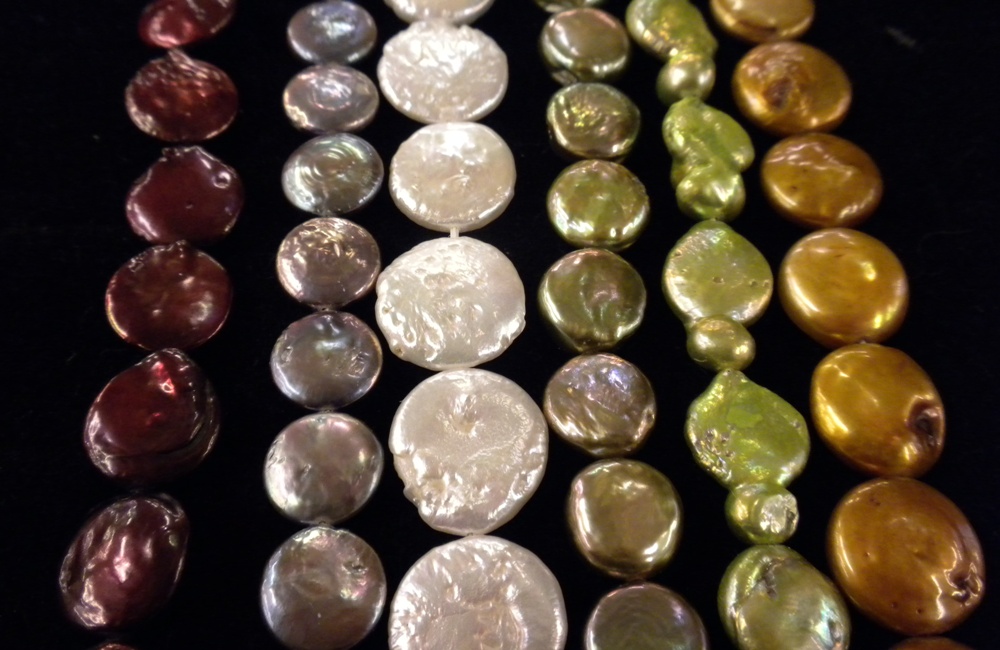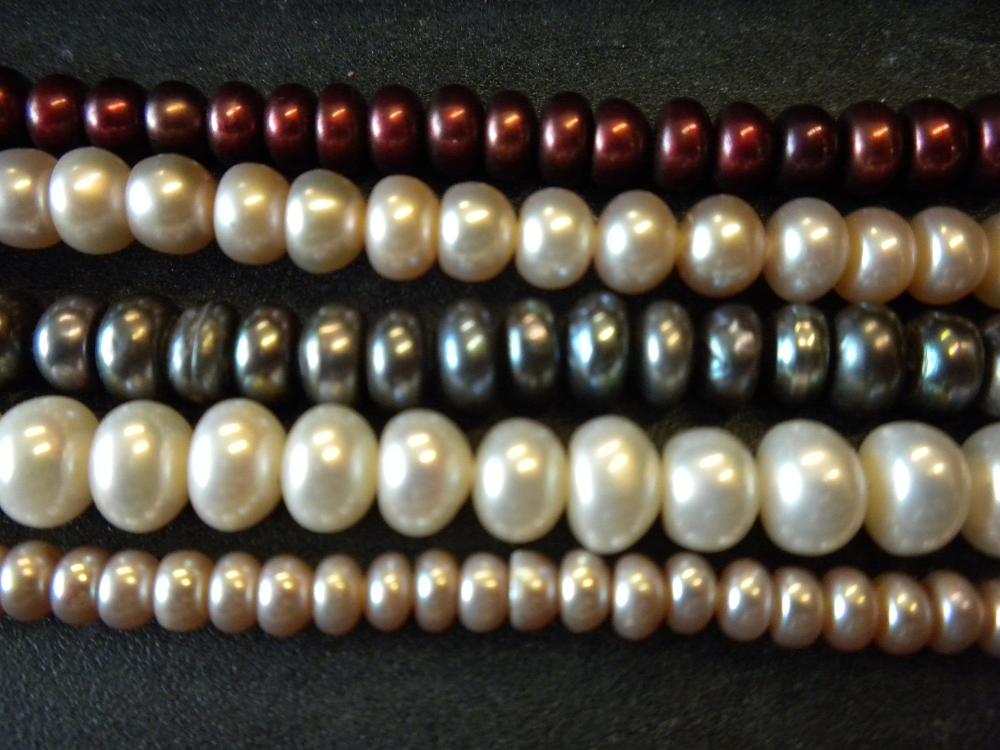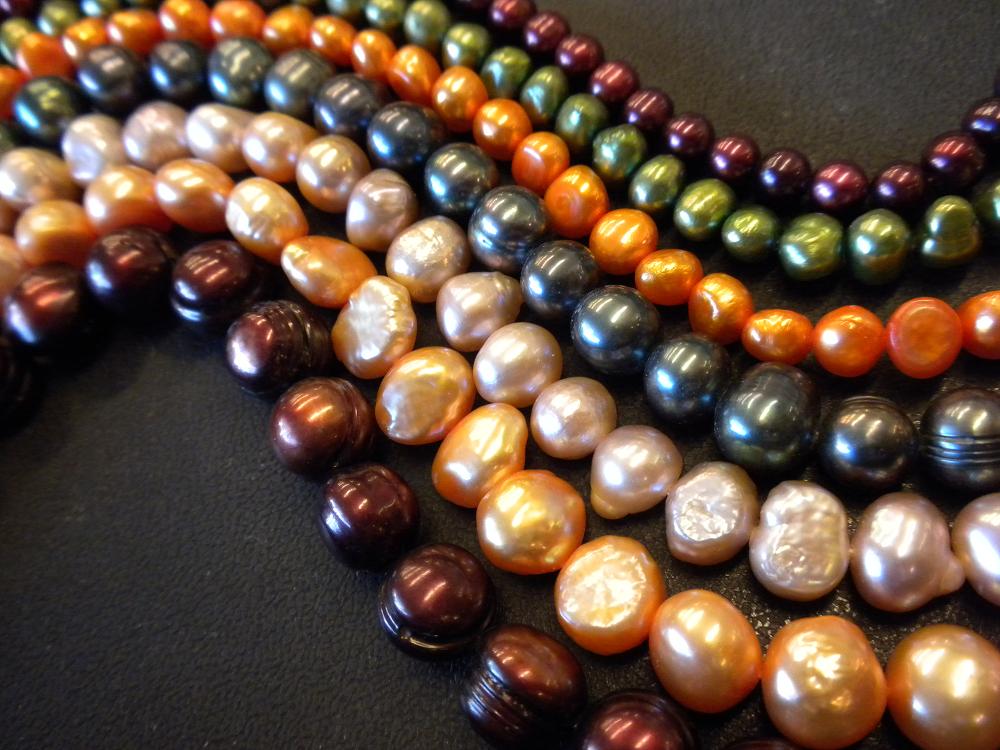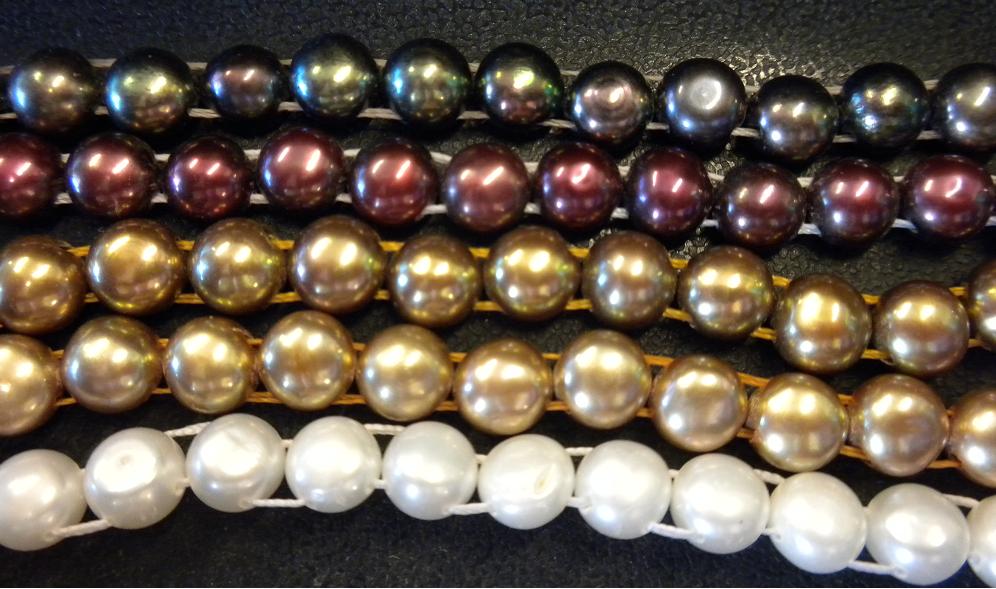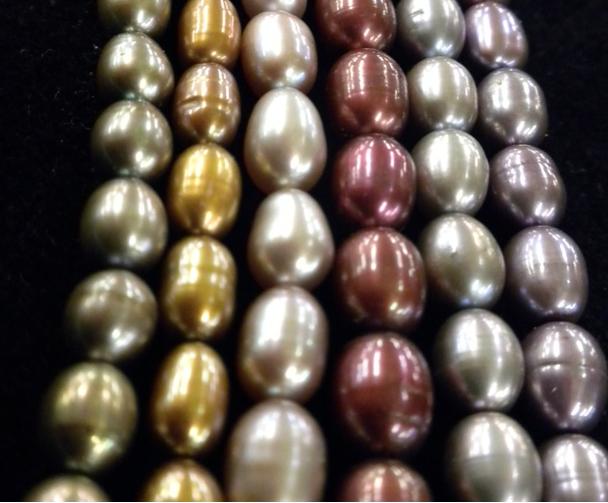While not everyone believes in the metaphysical healing powers of gemstones, it is hard to argue with the emotional benefits of creating something pretty to wear with friends while dealing with the decidedly un-pretty reality of cancer.
We just received a lovely thank-you note from Margaret Nowak, an Art Therapist with the University of Michigan Comprehensive Cancer Center. Margaret recently hosted a retreat for women with gynecological or breast cancers. One of the activities was making jewelry, and Rings & Things was happy to donate some of the supplies. Due to the Susan G. Komen Fund and other fantastic organizations, everyone knows pink is the official color of breast cancer awareness, but I hadn’t realized that turquoise is the official color for gynecological cancers.
Margaret wrote: “The women loved making bracelets and necklaces. They all chose a theme for their jewelry that often centered on healing. I do have some beads left which I will use with patients who are here receiving chemotherapy treatments or are in the hospital. A small bracelet made during a treatment or hospital stay can leave a huge impression on someone dealing with cancer. Know that Rings & Things is appreciated for bringing a little bit of pleasure to what might be an unpleasant day for someone dealing with cancer!”

